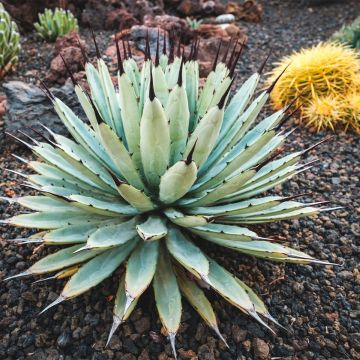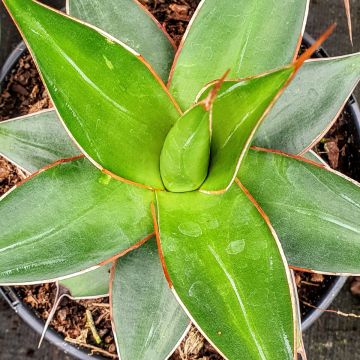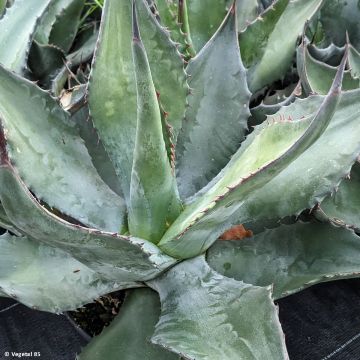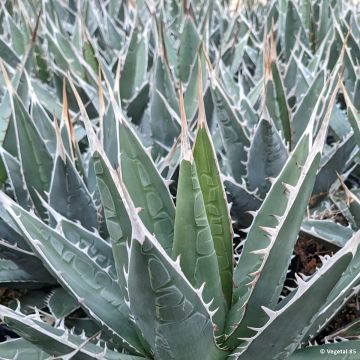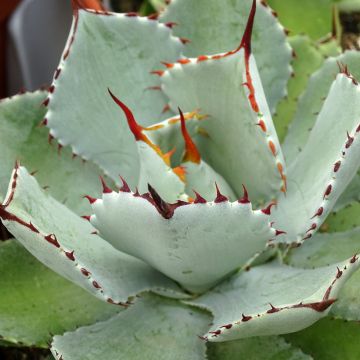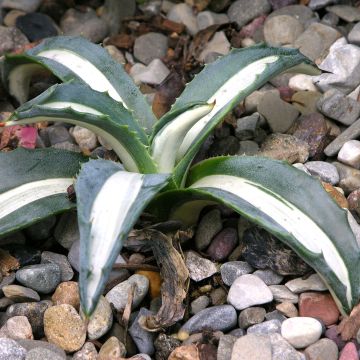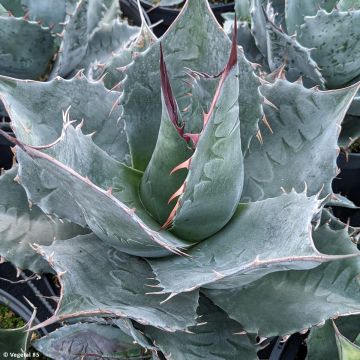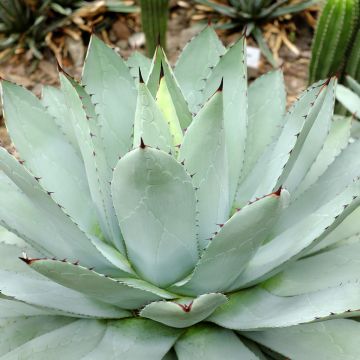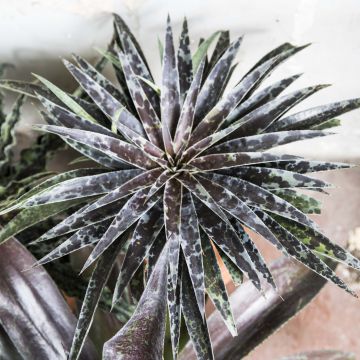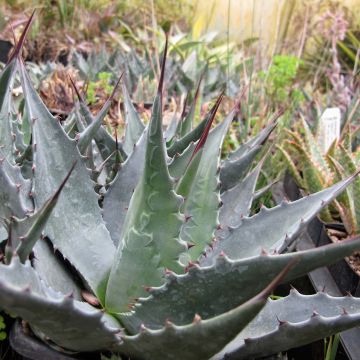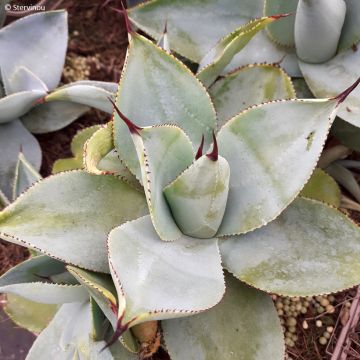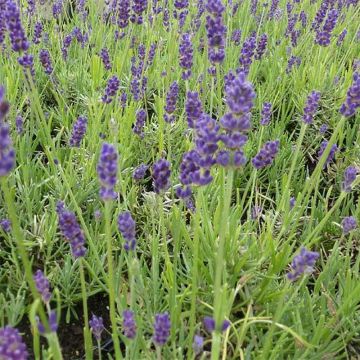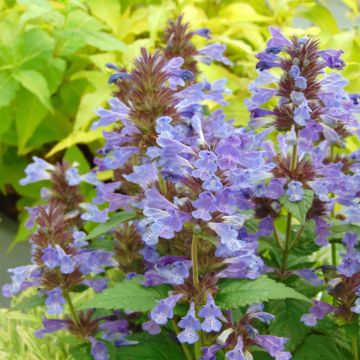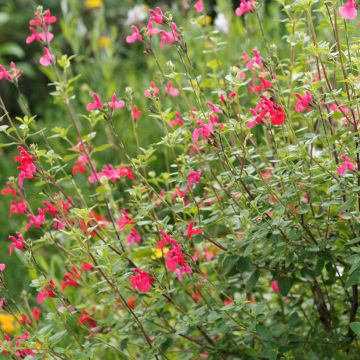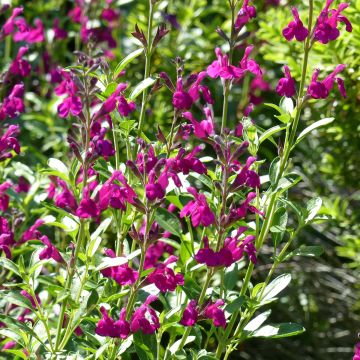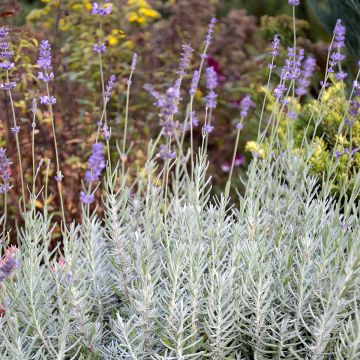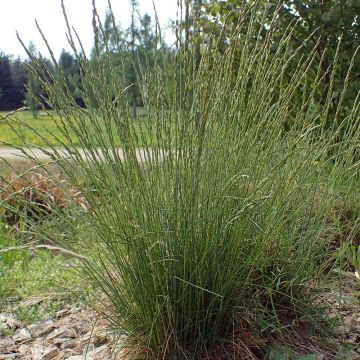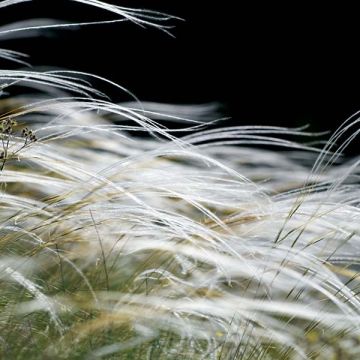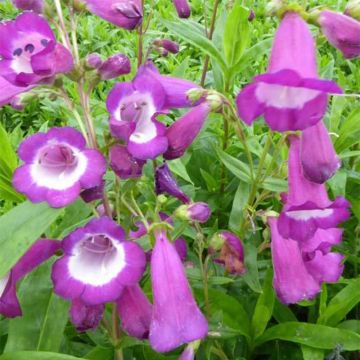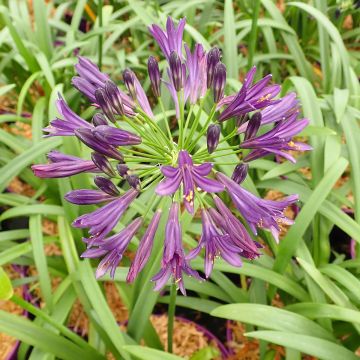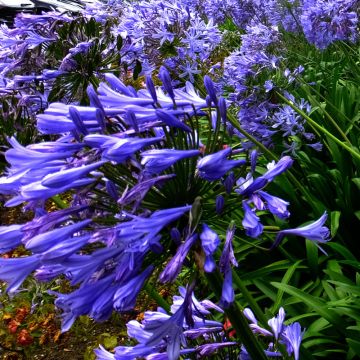Shipping country and language
Your country of residence may be:
Your country of residence is:
For a better user experience on our website, you can select:
Your shipping country:
-
Andorra
-
Austria
-
Belgium
-
Bulgaria
-
Canada
-
Chile
-
Croatia
-
Cyprus
-
Czechia
-
Denmark
-
Estonia
-
Finland
-
France
-
Germany
-
Greece
-
Hungary
-
Iceland
-
Ireland
-
Italy
-
Latvia
-
Lithuania
-
Luxembourg
-
Malta
-
Monaco
-
Netherlands
-
Poland
-
Portugal
-
Romania
-
Slovakia
-
Slovenia
-
Spain
-
Sweden
-
Switzerland
-
United Kingdom
We only deliver seed and bulb products to your country. If you add other products to your basket, they cannot be shipped.
Language:
-
French
-
German
-
Spanish
-
English
-
Italian
My Account
Hello
My wish lists
Log in / Register
Existing customer?
New customer?
Create an account to track your orders, access our customer service and, if you wish, make the most of our upcoming offers.
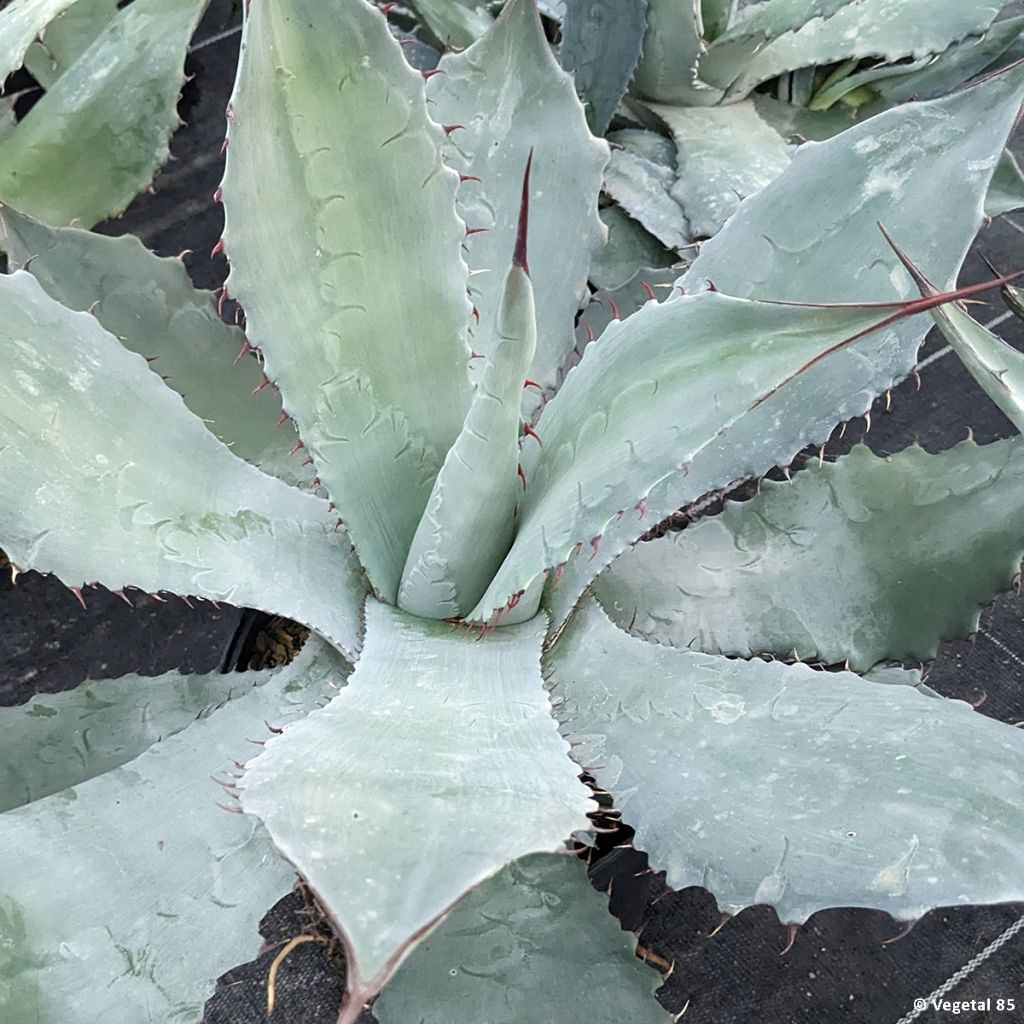

Agave durangensis
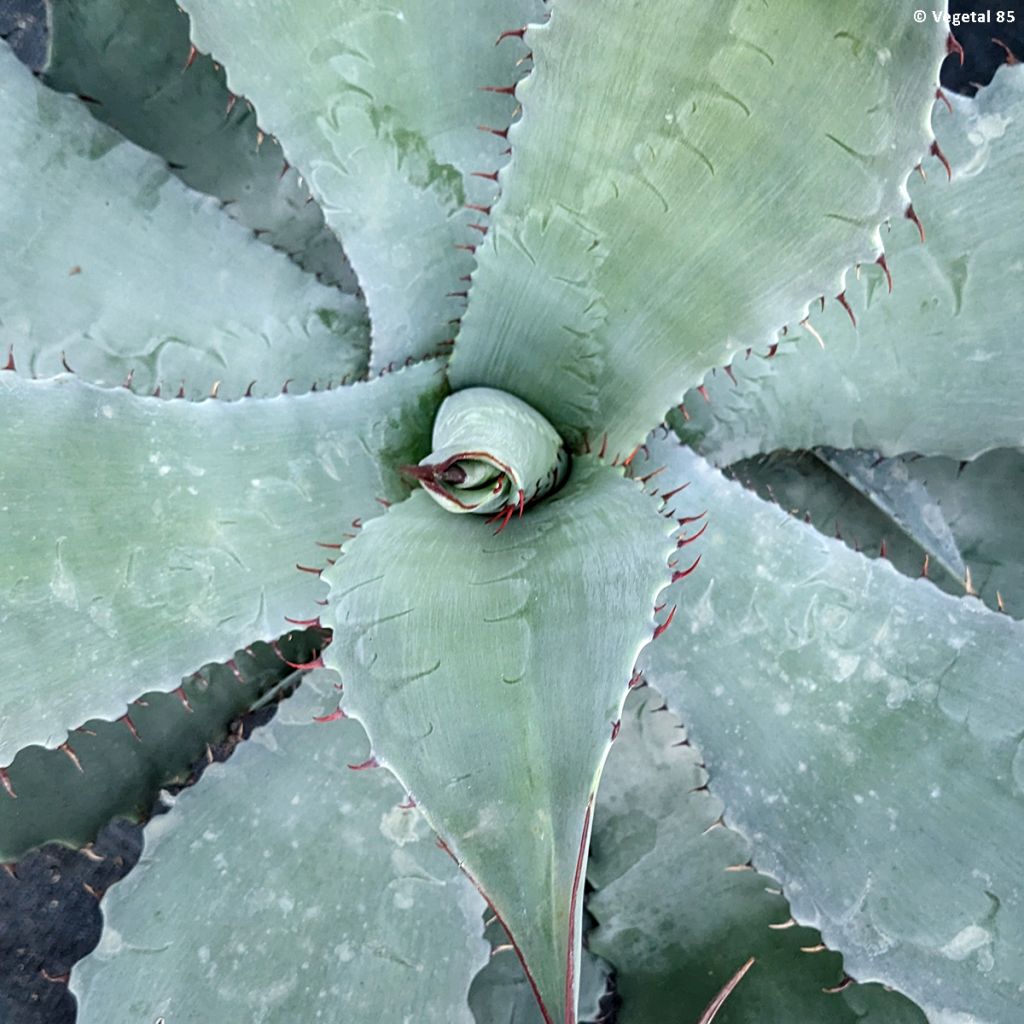

Agave durangensis
Agave durangensis
Agave durangensis
Why not try an alternative variety in stock?
View all →Order in the next for dispatch today!
Dispatch by letter from €3.90.
Delivery charge from €5.90 Oversize package delivery charge from €6.90.
More information
This item is not available in your country.
Schedule delivery date,
and select date in basket
This plant carries a 12 months recovery warranty
More information
We guarantee the quality of our plants for a full growing cycle, and will replace at our expense any plant that fails to recover under normal climatic and planting conditions.
From €5.90 for pickup delivery and €6.90 for home delivery
Express home delivery from €8.90.
Does this plant fit my garden?
Set up your Plantfit profile →
Description
Agave durangensis is a species of Mexican origin that grows to a large size. It is highly ornamental with an imposing and remarkably striking silhouette. Perfectly adapted to dry and hot climates and poor soils, it develops a large rosette made up of large and wide, rigid leaves with a slightly undulating appearance. Both sides of the leaves are armed with large dark red spines, and a terminal spine of the same colour, which contrast well with the grey-green or glaucous green foliage. With moderate hardiness, this agave will be happy in a sunny location with well-draining soil.
Agaves belong to the Asparagaceae family (formerly Agavaceae), which includes other ornamental genera such as Yucca or the more obscure Furcraea. There are about 270 species of agaves that grow naturally in Central America and the Caribbean (Mexico, Guatemala, Cuba, Antilles), further south in Colombia, and further north in the United States (California, Arizona).
Agave durangensis is native to two states in central Mexico: Durango, which gave it its species name (locals call it "cenizo"), and the neighbouring state of Zacatecas, where it is used for making mezcal, a traditional spirit. It grows at altitudes between 1700 and 2600m (5578ft and 8530ft), in fairly dry rocky areas, but also near pine or oak forests. It is a perennial plant that forms large rosettes reaching an average height of 1.2m (4ft) with a spread that can reach up to 1.8m (6ft). The large leaves are erect in the centre but spread widely to the horizontal, almost touching the ground, at the periphery. Measuring up to 90cm (36in) in length and 23cm (9in) in width, they widen in their middle part. Although very rigid, they have a certain grace with their undulating shape reminiscent of a cobra snake. They bear large, sharp, dark red spines all around their periphery, which develop on small projections on the leaf blade. These straight or slightly curved spines create a superb contrast with the glaucous colour of the foliage, which ranges from grey-green to more or less bluish green depending on the subjects. The terminal spine is even more formidable. It is very long and slightly undulating, and of the same colour as the lateral teeth. It is so fierce that is capable of piercing through any glove!
A semelparous plant, it flowers after 15 to 25 years on average, signalling the end of the rosette, which then dies... but what a flowering! In this species, the flower spike can reach up to 8m (26ft) in height, branching horizontally to produce from 20 to 30 flattened panicles of light yellow flowers. This swan song lasts several months, usually from June to November, and then the offsets from the base take over from the main rosette, which withers, and the plant's cycle starts again.
In mild climates, Agave durangensis will find its place in a large rock garden, or as the central feature in a dry garden, where its monumental silhouette will stand out against the blue sky. It will also be perfect in a contemporary setting, where it can be paired with other structural plants such as Japanese Sago Palm (Cycas revoluta), a majestic plant with a palm-like appearance, straight out of prehistoric times. Yucca torreyi, a little-known species but interesting for its hardiness, will also be a good companion with its long, slender leaves and abundant flowering. And to enhance the dry garden aspect of your scene, opt for prickly pear cacti (Opuntia) with their characteristic ornamental appearance and ephemeral but beautiful flowers.
Report an error about the product description
Flowering
Foliage
Plant habit
Botanical data
Agave
durangensis
Agavaceae
North America
Other Agave
Planting and care
In warm regions with mild winters, plant Agave durangensis in full sun, in a scorching location, on a slope or a dry embankment. Choose well-drained, poor, stony, chalky, or sandy soil. While the plant is quite hardy in dry soil, it does not tolerate excess humidity, which is common in clayey and heavy soils, combined with severe cold. As it prefers dry soils in summer, for example, you can consider planting it in a 50cm (20in) hole filled with a mixture of rocks and light soil. Ensure its collar is kept free from stagnant water. In slightly humid climates, plant the agave on a south-facing slope, which facilitates water drainage. Abundant but spaced watering will suit it perfectly to help it establish initially, and then it will manage on its own. The drier the soil, the more it will resist frost, down to -12 to -14°C (10.4 to 6.8°F). To provide excellent protection in the ground, place a rigid plastic sheet or a glass bell over the plant so that rainwater does not penetrate the core during winter.
Planting period
Intended location
Care
This item has not been reviewed yet - be the first to leave a review about it.
Mediterranean perennials
Haven't found what you were looking for?
Hardiness is the lowest winter temperature a plant can endure without suffering serious damage or even dying. However, hardiness is affected by location (a sheltered area, such as a patio), protection (winter cover) and soil type (hardiness is improved by well-drained soil).

Photo Sharing Terms & Conditions
In order to encourage gardeners to interact and share their experiences, Promesse de fleurs offers various media enabling content to be uploaded onto its Site - in particular via the ‘Photo sharing’ module.
The User agrees to refrain from:
- Posting any content that is illegal, prejudicial, insulting, racist, inciteful to hatred, revisionist, contrary to public decency, that infringes on privacy or on the privacy rights of third parties, in particular the publicity rights of persons and goods, intellectual property rights, or the right to privacy.
- Submitting content on behalf of a third party;
- Impersonate the identity of a third party and/or publish any personal information about a third party;
In general, the User undertakes to refrain from any unethical behaviour.
All Content (in particular text, comments, files, images, photos, videos, creative works, etc.), which may be subject to property or intellectual property rights, image or other private rights, shall remain the property of the User, subject to the limited rights granted by the terms of the licence granted by Promesse de fleurs as stated below. Users are at liberty to publish or not to publish such Content on the Site, notably via the ‘Photo Sharing’ facility, and accept that this Content shall be made public and freely accessible, notably on the Internet.
Users further acknowledge, undertake to have ,and guarantee that they hold all necessary rights and permissions to publish such material on the Site, in particular with regard to the legislation in force pertaining to any privacy, property, intellectual property, image, or contractual rights, or rights of any other nature. By publishing such Content on the Site, Users acknowledge accepting full liability as publishers of the Content within the meaning of the law, and grant Promesse de fleurs, free of charge, an inclusive, worldwide licence for the said Content for the entire duration of its publication, including all reproduction, representation, up/downloading, displaying, performing, transmission, and storage rights.
Users also grant permission for their name to be linked to the Content and accept that this link may not always be made available.
By engaging in posting material, Users consent to their Content becoming automatically accessible on the Internet, in particular on other sites and/or blogs and/or web pages of the Promesse de fleurs site, including in particular social pages and the Promesse de fleurs catalogue.
Users may secure the removal of entrusted content free of charge by issuing a simple request via our contact form.
The flowering period indicated on our website applies to countries and regions located in USDA zone 8 (France, the United Kingdom, Ireland, the Netherlands, etc.)
It will vary according to where you live:
- In zones 9 to 10 (Italy, Spain, Greece, etc.), flowering will occur about 2 to 4 weeks earlier.
- In zones 6 to 7 (Germany, Poland, Slovenia, and lower mountainous regions), flowering will be delayed by 2 to 3 weeks.
- In zone 5 (Central Europe, Scandinavia), blooming will be delayed by 3 to 5 weeks.
In temperate climates, pruning of spring-flowering shrubs (forsythia, spireas, etc.) should be done just after flowering.
Pruning of summer-flowering shrubs (Indian Lilac, Perovskia, etc.) can be done in winter or spring.
In cold regions as well as with frost-sensitive plants, avoid pruning too early when severe frosts may still occur.
The planting period indicated on our website applies to countries and regions located in USDA zone 8 (France, United Kingdom, Ireland, Netherlands).
It will vary according to where you live:
- In Mediterranean zones (Marseille, Madrid, Milan, etc.), autumn and winter are the best planting periods.
- In continental zones (Strasbourg, Munich, Vienna, etc.), delay planting by 2 to 3 weeks in spring and bring it forward by 2 to 4 weeks in autumn.
- In mountainous regions (the Alps, Pyrenees, Carpathians, etc.), it is best to plant in late spring (May-June) or late summer (August-September).
The harvesting period indicated on our website applies to countries and regions in USDA zone 8 (France, England, Ireland, the Netherlands).
In colder areas (Scandinavia, Poland, Austria...) fruit and vegetable harvests are likely to be delayed by 3-4 weeks.
In warmer areas (Italy, Spain, Greece, etc.), harvesting will probably take place earlier, depending on weather conditions.
The sowing periods indicated on our website apply to countries and regions within USDA Zone 8 (France, UK, Ireland, Netherlands).
In colder areas (Scandinavia, Poland, Austria...), delay any outdoor sowing by 3-4 weeks, or sow under glass.
In warmer climes (Italy, Spain, Greece, etc.), bring outdoor sowing forward by a few weeks.
